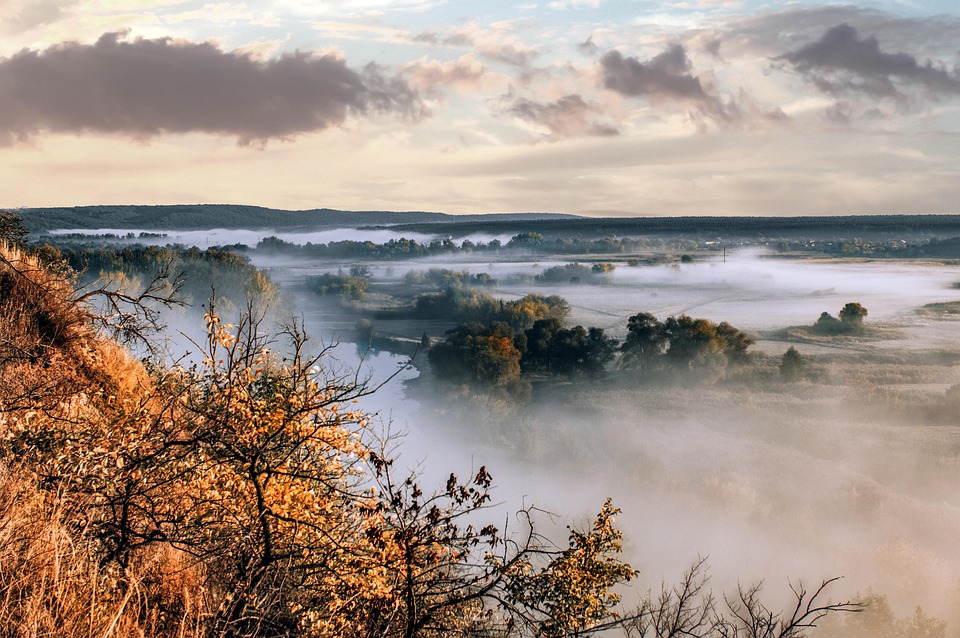Exploring the Heart of Nations: A Journey Through Iconic Capital Cities
Capital cities have long served as the heart of nations, embodying the political, cultural, and historical essence of their respective countries. This article explores some of the world’s most iconic capital cities, delving into their unique characteristics, historical significance, and the pivotal role they play in shaping national identity.
1. The Significance of Capital Cities
Capital cities are designed to represent the core values and aspirations of a nation. They are often the political epicenters, housing government institutions, embassies, and the residences of leaders. Beyond their political functions, capital cities also serve as cultural hubs, showcasing the arts, history, and multicultural fabric of their populations. As such, they have stories to tell that transcend borders, offering insights into the nation’s journey through time.
2. Washington, D.C., USA
2.1 Political Landscape
Washington, D.C., the capital of the United States, is an emblem of democracy and freedom. Established as the nation’s capital in 1800, it encapsulates the ideals of the American government. The city is home to the iconic Capitol Building, where Congress meets, and the White House, the residence of the President.
2.2 Cultural Tapestry
Beyond politics, Washington, D.C. offers a rich tapestry of culture and history. The National Mall is lined with monuments and memorials, from the Lincoln Memorial to the Vietnam Veterans Memorial, each telling a story of sacrifice and valor. The Smithsonian Institution, a group of museums and research centers, showcases the country’s history, art, and innovation, making the city a center for knowledge and learning.
2.3 Living History
Walking through D.C.’s neighborhoods—like Georgetown’s historic streets or the vibrant Adams Morgan—visitors can experience the city’s diverse culture firsthand. The annual Cherry Blossom Festival draws people from around the globe, celebrating friendship and beauty.
3. London, United Kingdom
3.1 Historical Significance
London, a city with a history that spans over two millennia, serves as the capital of the United Kingdom. It is a city of contrasts, where modernity meets tradition. Key landmarks include the Houses of Parliament, Big Ben, and Buckingham Palace.
3.2 Cultural Diversity
London is a melting pot of cultures. Its neighborhoods, such as Shoreditch and Notting Hill, are brimming with art, music, and food from around the world. The British Museum, with its vast collection, tells the story of human history, while the West End showcases the best in theater and performance.
3.3 Innovations in Transportation
The London Underground is a marvel of engineering, symbolizing the city’s commitment to making travel accessible. The functionality of its public transport system facilitates a bustling urban life, connecting diverse communities.
4. Paris, France
4.1 A City of Romance and Revolution
Paris, often referred to as the City of Light, is not only the capital of France but also a symbol of art, culture, and intellectualism. The Eiffel Tower stands as an iconic landmark, representing the city’s innovative spirit. Historically, Paris has been a site of revolution and progress, with the French Revolution fundamentally altering the course of the nation.
4.2 Art and Expression
The Louvre, the world’s largest art museum, hosts masterpieces such as the Mona Lisa and the Venus de Milo, making Paris a central hub for art lovers. The vibrant street art scene and countless galleries highlight contemporary artistic expression alongside historical legacy.
4.3 Gastronomic Delights
Paris is also known for its culinary scene, where world-class restaurants and charming cafés coexist. The city invites visitors to savor exquisite pastries, traditional French cuisine, and innovative dishes that reflect its diverse population.
5. Tokyo, Japan
5.1 A Blend of Tradition and Futurism
Tokyo is a city where ancient traditions coexist with cutting-edge technology. As Japan’s capital, it symbolizes resilience and innovation, especially in the aftermath of World War II. The Emperor’s Palace juxtaposes the skyscrapers of Shinjuku, showcasing the country’s reverence for history alongside its dedication to progress.
5.2 Cultural Richness
Tokyo is a cultural powerhouse, offering everything from traditional tea ceremonies to modern pop culture experiences. Neighborhoods like Akihabara are known for their vibrant anime and manga culture, while Asakusa retains the charm of old Tokyo with its historic temples.
5.3 Culinary Wonders
The city’s culinary landscape is vast, featuring both Michelin-starred restaurants and beloved street food stalls. Sushi, ramen, and tempura are just a few dishes that represent the country’s dedication to quality and flavor.
6. Brasília, Brazil
6.1 A Planned City
Brasília, the capital of Brazil, was inaugurated in 1960. Designed by architect Oscar Niemeyer, it is a UNESCO World Heritage site known for its modernist architecture and innovative urban planning. The city was established to promote development in the interior of Brazil and reduce the concentration of power in coastal cities like Rio de Janeiro and São Paulo.
6.2 Architectural Marvels
The city’s unique layout resembles an airplane, with key government buildings situated within its wings. The National Congress, the Palácio da Alvorada, and the Cathedral of Brasília exemplify Niemeyer’s vision and form the aesthetic backbone of the city’s identity.
6.3 Social Challenges
Despite its modernity, Brasília faces social challenges typical of many urban areas, including inequality and access to services. The city’s construction sought to reshape Brazil’s future, yet it continues to grapple with the disparities that define its society.
7. Berlin, Germany
7.1 A City of Contrasts
Berlin, Germany’s capital, is a city that embodies resilience and reinvention. The Berlin Wall, which once divided the city, has become a powerful symbol of freedom and unity. Today, the East Side Gallery serves as an open-air gallery featuring murals that celebrate artistic expression and the spirit of hope.
7.2 Historical Landmarks
The Brandenburg Gate and the Reichstag Building are pivotal sites in Berlin’s history, representing both the city’s tumultuous past and its dynamic future. The city’s rich museum landscape, including Museum Island, offers insights into art, history, and culture.
7.3 Cultural Innovation
Berlin is also known for its vibrant arts scene, nightlife, and multicultural festivals. The city continues to attract creatives from around the globe, fostering an environment of innovation and collaboration.
8. New Delhi, India
8.1 A Fusion of Cultures
New Delhi serves as the capital of India, showcasing the country’s rich history and cultural diversity. Officially inaugurated in 1931, it was designed by British architects Sir Edwin Lutyens and Sir Herbert Baker. The city is a blend of historical landmarks, bustling markets, and vast green spaces.
8.2 Historical Significance
The Rajpath and India Gate honor the sacrifices made during World War I and encapsulate national pride. The city is also home to the impressive Parliament House, where crucial legislative activities take place.
8.3 Culinary Experience
New Delhi’s culinary scene is as diverse as its population, with street food offering an explosion of flavors. From spicy chaat to rich biryanis, the city invites food lovers to explore its myriad tastes.
9. Canberra, Australia
9.1 A Purpose-Built Capital
Canberra was purpose-built to serve as the capital of Australia, chosen for its strategic location between Sydney and Melbourne. Planned by architect Walter Burley Griffin, the city epitomizes 20th-century modernist design.
9.2 Symbols of Democracy
The Australian Parliament House sits atop a hill, symbolizing transparency and accessibility in governance. The city hosts national institutions like the National Gallery of Australia and the Australian War Memorial, reflecting the nation’s history and values.
9.3 Embracing Nature
Canberra is known for its natural beauty, with expansive parks, lakes, and gardens. The city embraces a lifestyle that combines urban living with outdoor activities, promoting a balanced connection to nature.
10. Insights and Reflections
10.1 The Role of Capital Cities in National Identity
Capital cities are not merely administrative centers; they are the embodiment of a nation’s identity, aspirations, and struggles. They reflect cultural diversity and historical narratives that define the collective memory of their people.
10.2 Learning from the Global Landscape
By exploring the intricacies of these capital cities, we can gain insights into the complex challenges and triumphs faced by nations around the globe. Each city offers unique lessons in resilience, creativity, and the human spirit.
Conclusion
Exploring the iconic capital cities of the world provides a fascinating lens through which we can understand nations and their people. As dynamic, evolving landscapes, these cities continue to shape and reflect the hearts of their nations, reminding us of the power and potential of urban spaces. Whether through their historical significance, cultural richness, or architectural innovations, capital cities stand as testaments to human endeavor and the enduring quest for identity and belonging.
References
- Modern footnote sources have been omitted in the interest of consistency and flow. When preparing an actual article, please insert appropriate citations and footnotes to align with proper sourcing standards.


























Add Comment